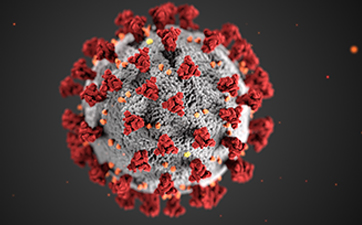
Media coverage of COVID-19 often includes the phrase “flattening the curve.” Dr. Clayton Cowl, chair of Mayo Clinic’s Division of Preventive, Occupational and Aerospace Medicine, says the phrase refers to an attempt to stop a spike in the number of new cases.
“When we refer to the term, ‘flattening, or bending, the curve,’ we’re talking about preventing a sudden influx of new cases,” says Dr. Cowl. “And by keeping those numbers down, we can avoid severe illnesses, deaths and overloading the supply system.”
Flattening the curve
Dr. Cowl says a key to flattening the curve is for people to practice social distancing.
“In epidemiology, which is the study of populations, when we look at an illness like COVID-19, we see an initial flattening ⏤ where people are sort of saying, ‘We know something’s going on out there,'” says Dr. Cowl. “Then at a certain point, it reaches a time when we see a spike in the number of cases and the number of fatalities. And the whole idea of social isolation is to try to bend that curve. In other words, to prevent that big spike. We know that there will be some cases. We know that there will be some deaths, unfortunately. But we want to minimize that as much as possible.”
Learning from past epidemics and pandemics
“The rules seem to be changing day by day, hour by hour,” says Dr. Cowl. “But if we look at other epidemics and other worldwide pandemics, we know that by learning from what we’ve had in prior cases ⏤ things like the influenza epidemic of 1918 (Spanish flu) and plague ⏤ if we can get people separated to where they’re not spending a lot of time in close quarters, we can really make a difference in terms of minimizing the effects over time on large numbers of people.”
Flattening the curve helps maintain resources
“For the individuals who develop severe disease, we want to make sure to have adequate supplies ⏤ adequate numbers of gowns and masks for our health care providers ⏤ to take care of them so they don’t get the illness,” says Dr. Cowl. “They need adequate amounts of supplemental oxygen, IV lines, ventilators and things like that.”
Learn More
Check the Centers for Disease Control and Prevention website for additional updates on COVID-19. For all your COVID-19 coverage, go to the Mayo Clinic News Network.
‘Courtesy: “Clayton Cowl, M.D. / Preventive, Occupational and Aerospace Medicine / Mayo Clinic.”[/vc_message]












